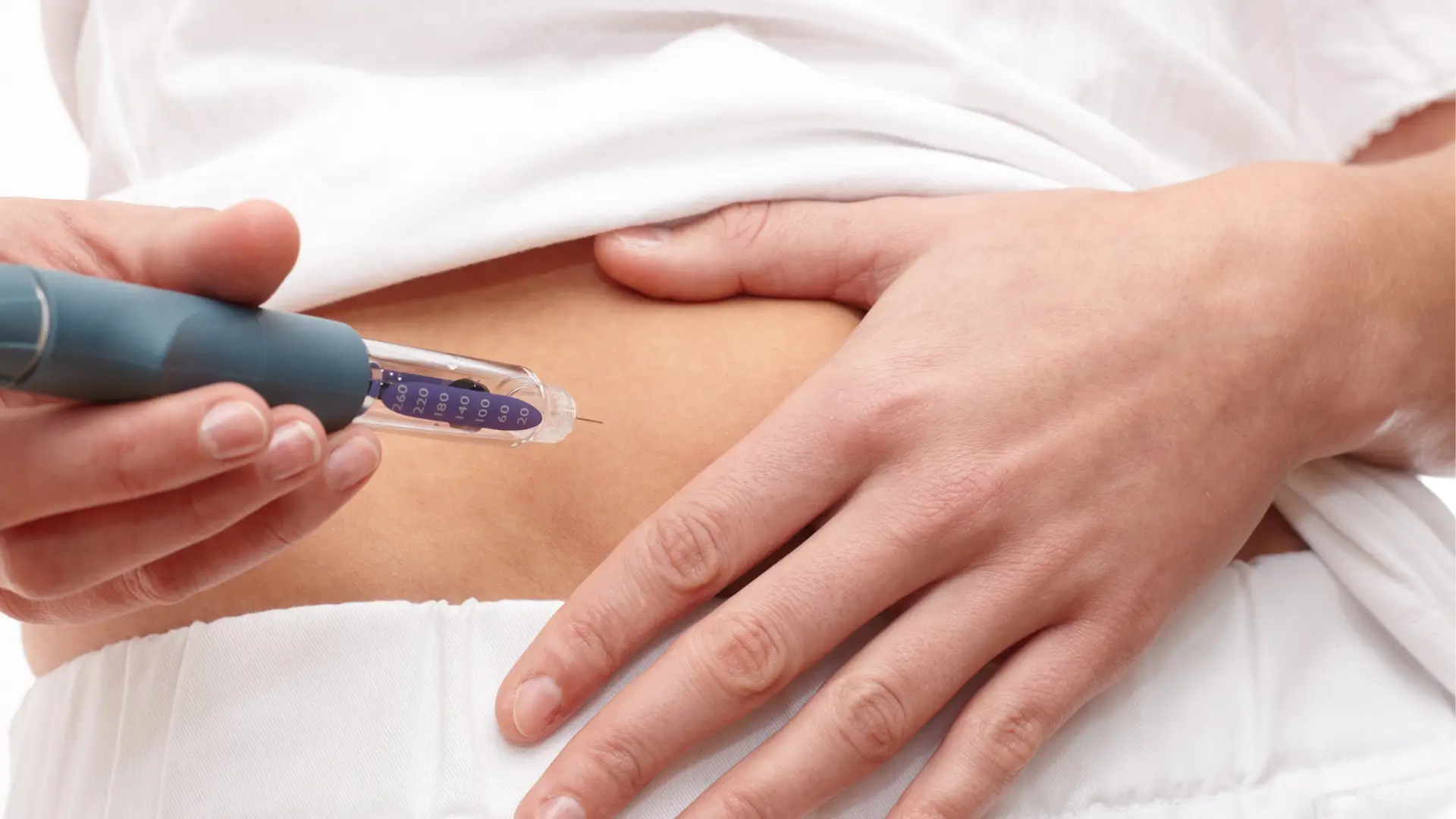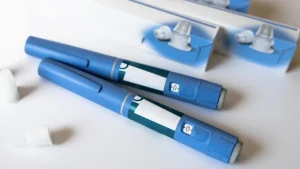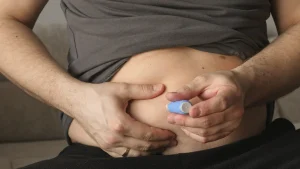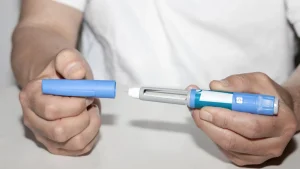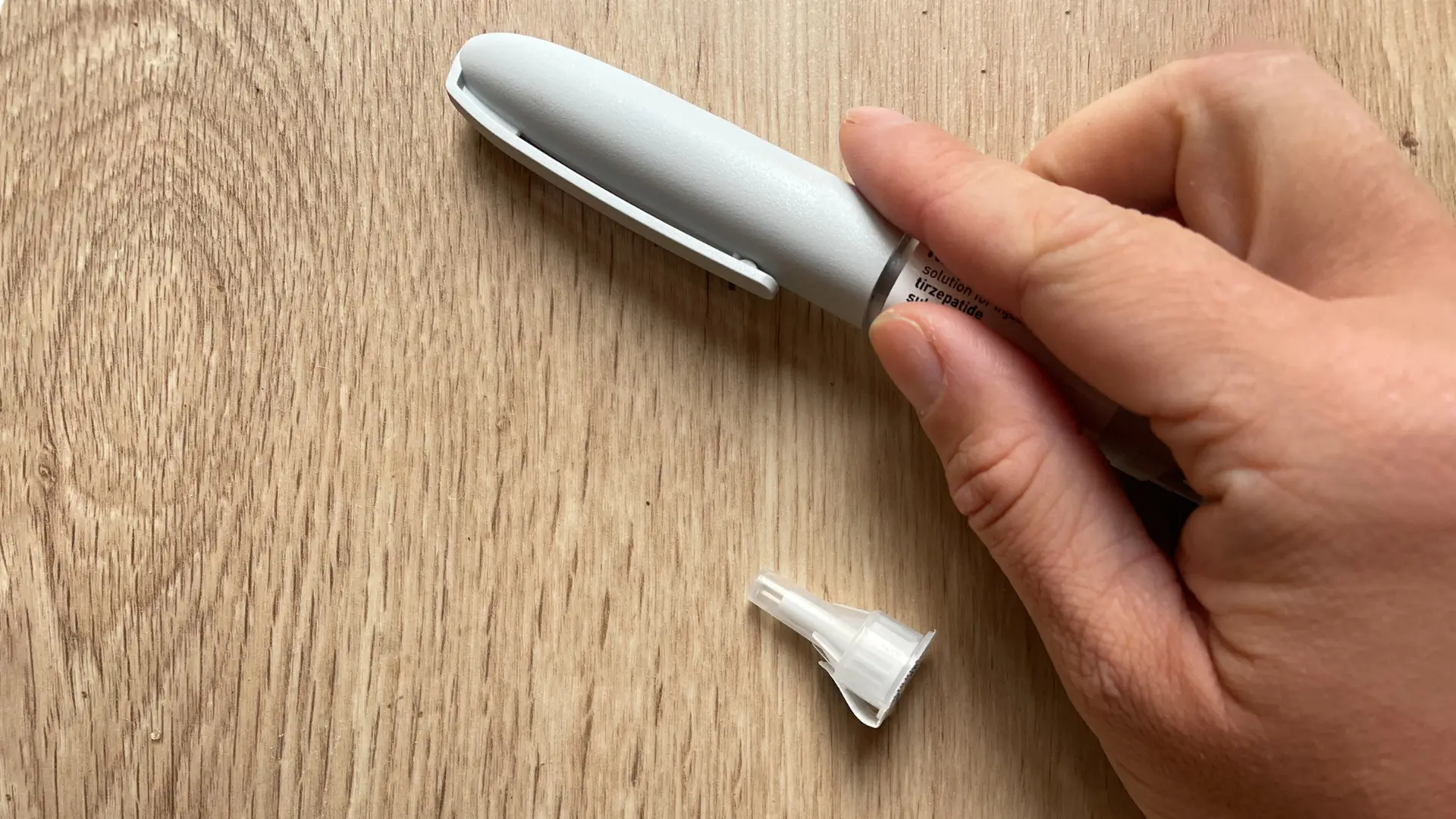According to a May 2024 Gallup survey, about 15.5 million U.S. adults—roughly 6% of the population—have tried injectable weight-loss medications like Ozempic, Wegovy, and Mounjaro. This trend reflects the growing interest in medication-based options for weight management, offering an alternative to surgery or lifestyle changes alone.
For those considering Mounjaro, before-and-after photographs can be a powerful resource. Paired with clinical outcomes, these images help patients set realistic expectations, better understand potential results, and make more confident decisions about treatment. They also provide clinicians with a visual tool for transparent, effective communication.
In this article, you’ll find a curated gallery of Mounjaro before and after photos. We’ll also share clinical trial data on weight loss, explain ethical photography practices, and give practitioners tips to use visual documentation for stronger patient engagement and treatment success.
Key Takeaways
- Mounjaro (tirzepatide) is FDA-approved for type 2 diabetes management, with secondary benefits for weight loss.
- Clinical trials show that Mounjaro leads to significant weight loss and improved blood sugar control as the dose increases.
- Mounjaro before-and-after photos are a valuable tool for helping patients visualize potential treatment outcomes, but individual results may vary.
- Common side effects of Mounjaro include nausea, diarrhea, and decreased appetite. Most patients tolerate these, especially with gradual dose escalation.
- The typical treatment protocol starts with a 2.5 mg dose, gradually increasing to 15 mg to minimize gastrointestinal side effects.
- Mounjaro carries a low risk of severe hypoglycemia, even when used in combination with other diabetes medications.
- While Mounjaro is not primarily a weight-loss drug, it can significantly help with weight management alongside glycemic control.
- When using before-and-after photos for patient counseling, it’s important to emphasize that results can vary and should be interpreted cautiously and ethically.
About: Medica Depot is your trusted all-in-one supplier, offering a range of high-quality medical injectables and supplies. If you’re looking to buy Mounjaro, contact Medica Depot’s sales representatives and they will guide you on how to do so. Whether for health professionals, plastic surgeons, dermatologists, licensed estheticians, or other specialists, we can offer genuine, brand-name products you may need. With Medica Depot, we prioritize serving you better to improve the patient’s quality of life.
Documented Weight Loss Outcomes with Mounjaro

When considering a new medication, patients often have many questions, such as, “Does Mounjaro cause hair loss?” or “When is the best time of day to take Mounjaro?” According to available data, Mounjaro (tirzepatide) does not cause hair loss, and its absorption is not affected by the time of day a patient injects. The key is consistency—choosing a regular weekly schedule for injections.
It’s essential for healthcare providers to address these questions honestly and back their responses with clinical evidence, helping to reassure patients about the safety and efficacy of Mounjaro (tirzepatide).
One of the most discussed benefits of taking Mounjaro is its effect on weight loss. Results from the SURPASS 1–5 clinical trials showed that patients lost more weight as the dose increased. By weeks 40–52, patients on 5 mg lost an average of 12 lbs (5.4 kg), while those on 15 mg lost up to 25 lbs (11.3 kg). These findings highlight Mounjaro’s potential to support patients beyond blood sugar control.
While Mounjaro is not FDA-approved specifically for weight loss, these secondary endpoints highlight its metabolic benefits. It also shows effectiveness in improving glycemic control, underscoring its comprehensive impact for patients with type 2 diabetes.
Before and After Mounjaro: Improvements Beyond Weight
While Mounjaro is not specifically for weight loss treatment, clinical trials confirm that it significantly improves blood sugar levels and overall health outcomes. In addition to lowering A1C, many patients achieved reductions in body weight of ≥5%, ≥10%, or even ≥15% of their starting weight in SURPASS 1-5 trials. These improvements occurred alongside better metabolic control, making Mounjaro a comprehensive therapy for type 2 diabetes.
Another important point is the low risk of severe hypoglycemia. According to Eli Lilly’s prescribing information, severe events occurred in less than 1% of patients on monotherapy and about 2% in patients using insulin secretagogues. This safety profile allows clinicians to optimize therapy while minimizing risks, especially when adjusting background treatments.
What Practitioners Should Know About Mounjaro Results
To help patients reach their treatment goals, it’s essential for healthcare providers to follow the recommended Mounjaro dosing protocols and provide clear instructions. Mounjaro underwent a rigorous process to receive FDA approval for the treatment of type 2 diabetes, ensuring its safety and efficacy before reaching the market.
The typical treatment protocol for Mounjaro involves:
- Starting with a 2.5 mg dose, administered once weekly for four weeks
- Increasing to 5 mg weekly for the next four weeks
- If additional glycemic control is needed, practitioners may gradually increase the dose by 2.5 mg (to 7.5 mg, 10 mg, or 12.5 mg)
- The maximum recommended dose is 15 mg
This titration phase is essential for minimizing gastrointestinal reactions, such as nausea or diarrhea.
However, patients should be fully informed of the potential side effects of Mounjaro. The most commonly reported include:
- Nausea
- Diarrhea
- Decreased appetite
- Vomiting
- Constipation
- Dyspepsia (indigestion)
- Abdominal pain
Using Before and After Photos to Counsel Patients on Mounjaro
For many patients, Mounjaro before and after photos provide reassurance and motivation. Seeing how others progressed from a higher starting weight to a healthier current weight offers a realistic picture of what losing weight with Mounjaro might look like. Testimonials often highlight improvements in energy levels, confidence, and daily activity, making the medication’s impact more relatable.
Although not every patient achieves dramatic Mounjaro weight loss results, shared photos and reviews demonstrate meaningful progress in both total weight loss and blood sugar control. These visual tools, combined with clinical evidence, allow healthcare professionals to set realistic expectations while reinforcing adherence to treatment.


Additionally, these patients often share their personal stories, detailing how Mounjaro helped them manage their blood sugar levels and weight loss goals. These patient testimonials can show real-world results in weight loss and blood sugar management.
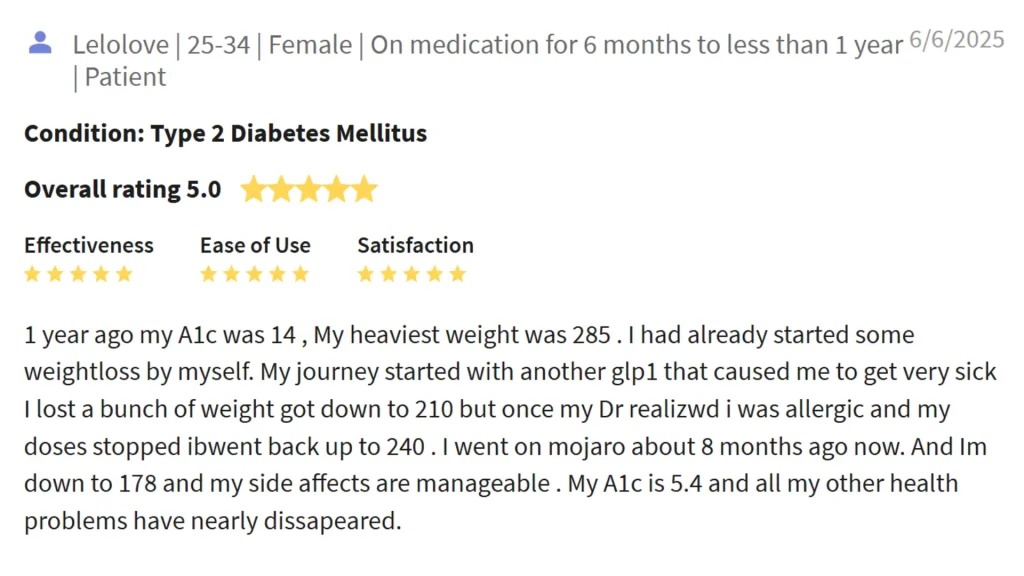

Clinicians should emphasize that individual results can vary. However, these before-and-after photos, along with patient reviews, may help patients decide if Mounjaro injections are the right choice for them. Backed by robust clinical data, Mounjaro is a reliable option for type 2 diabetes management and weight loss.
Conclusion
Mounjaro offers a promising option for patients looking to manage both weight loss and blood sugar control. The clinical evidence supporting its effectiveness in improving metabolic outcomes is strong, and before-and-after photos play a critical role in helping potential users visualize the benefits.
Healthcare professionals can leverage these images, alongside clinical data, to facilitate informed decision-making. While Mounjaro is not primarily a weight-loss drug, many patients appreciate the secondary benefits for weight management. By understanding the treatment protocol and potential side effects, patients are more likely to remain compliant and satisfied with their treatment plan. Ultimately, Mounjaro offers a valuable solution for individuals seeking to improve their overall health and well-being.
FAQs
1. What results can patients expect from Mounjaro?
Clinical trials show that Mounjaro leads to significant weight loss and improved blood sugar control. Patients typically see better outcomes as the dosage increases. It’s worth noting that Mounjaro is a treatment for type 2 diabetes, not weight loss injections.
2. What are the common side effects of Mounjaro?
Common side effects include nausea, diarrhea, and decreased appetite. Most patients tolerate the medication well, particularly when the dosage is gradually increased. These typical Mounjaro side effects typically resolve within days to a week, and never last months. If so, patients must promptly consult their practitioners.
3. How important are before-and-after photos for Mounjaro?
Mounjaro before and after photos can help patients visualize potential changes and set realistic expectations. When paired with clinical data, these images support informed decision-making. However, results can vary, so images should be interpreted with care and ethical considerations.
References
Menezes D. How many people use injectable weight loss drugs? NewsNation. Published May 25, 2024. Accessed September 2, 2025. https://www.newsnationnow.com/health/ozempic-wegovy-mounjaro-injectable-weight-loss-drugs/
Eli Lilly and Company. Mounjaro Patient Experience Brochure – Get Started Today. Eli Lilly. Published June 2025. Accessed September 8, 2025. https://mounjaro.lilly.com/assets/pdf/pp-tr-us-3082-patient-experience-brochure.pdf
De Block C, Bailey C, Wysham C, Hemmingway A, Allen SE, Peleshok J. Tirzepatide for the treatment of adults with type 2 diabetes: An endocrine perspective. Diabetes Obes Metab. 2023;25(1):3-17. doi:10.1111/dom.14831
